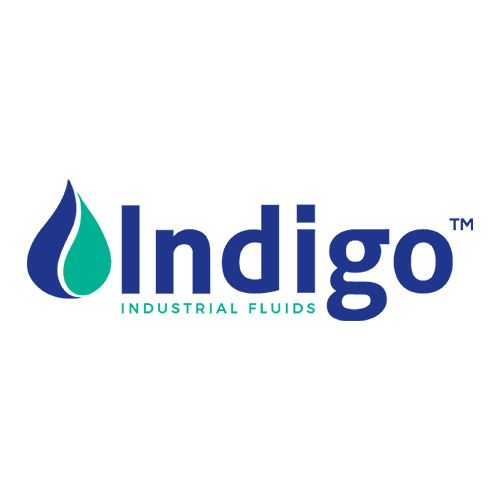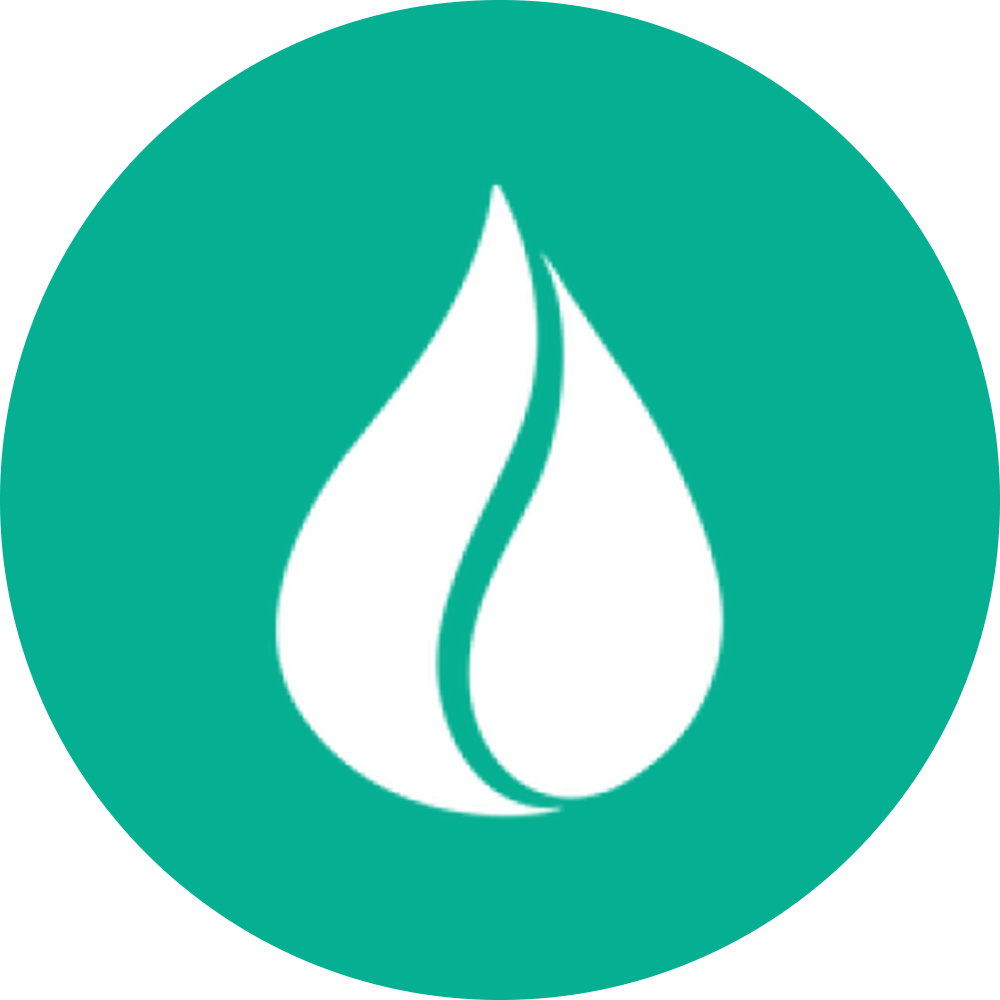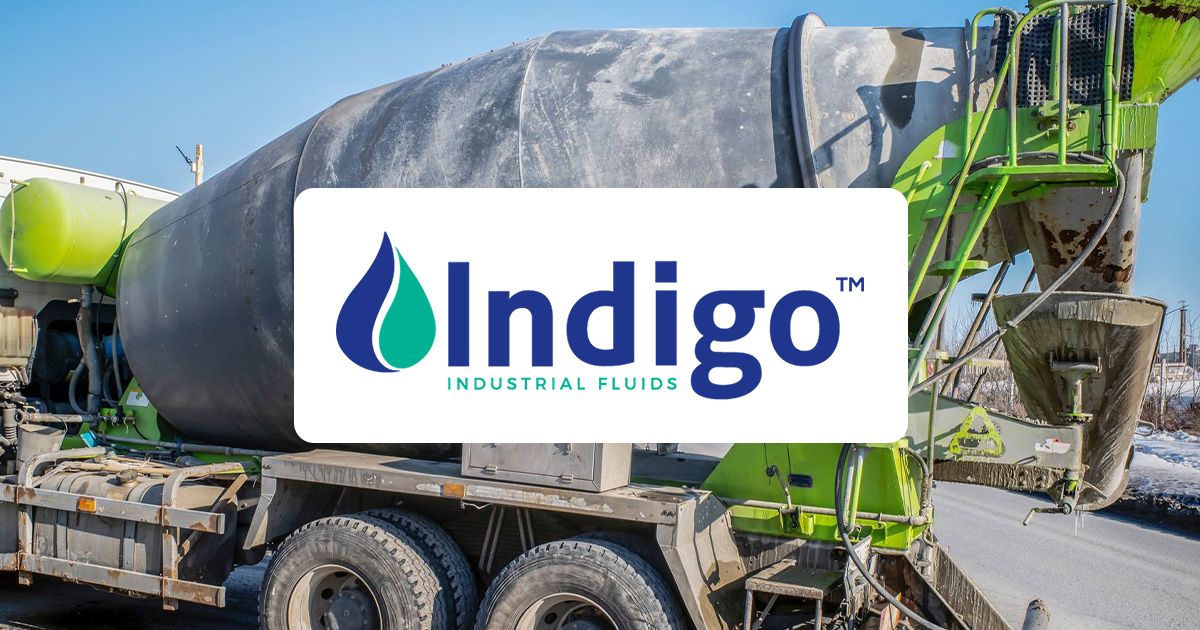Glycolic vs Phosphoric vs Hydrochloric: Choosing the Right Acid for Concrete and Lime Cleaning
Choosing the right acid for cleaning concrete and lime buildup is one of the most important decisions you can make when maintaining your plant or fleet. Each type of acid works differently, reacts differently with materials, and has its own balance between strength and safety. When you understand how they perform, you can match the chemistry to your exact situation and get better results without unnecessary wear on equipment or risk to your team.
Let’s start with the basics. Hydrochloric acid is known for its strong and fast reaction. It eats through cementitious buildup quickly, but that strength comes at a cost. It can cause heavy corrosion on metal surfaces and damage rubber or paint. Over time, the aggressive nature of hydrochloric acid can shorten the life of your trucks, tanks, and wash systems. That is why many facilities have moved away from it, especially those looking to protect their assets over the long term.
Phosphoric acid is a bit milder but still highly effective. It removes lime, scale, and cement residues without the same immediate damage risk of hydrochloric acid. It can, however, leave behind phosphate residues that may require extra rinsing or affect wastewater pH balance. While safer than hydrochloric, it can still be hard on surfaces and may create additional steps in your cleaning routine.
That brings us to glycolic acid, which has become a preferred option for many modern cleaning programs. Indigo Fluids highlights glycolic acid across their product information and educational resources because it provides a strong cleaning reaction while being much gentler on metal and rubber. It can dissolve calcium carbonate and silicate buildup effectively while reducing the risk of corrosion. That balance of performance and safety makes it an excellent fit for ready mix fleets, cement operations, and lime facilities that want consistent cleaning without harsh side effects.
Another major difference between these acids is how they rinse. Hydrochloric acid can require heavy water use to neutralize, while glycolic acid rinses cleanly and quickly. When you’re washing multiple trucks or cleaning silos, that difference in rinse time directly affects labor and water consumption. The faster you can rinse and move on, the less downtime you have in your operation.
Temperature and reaction control also matter. Strong acids like hydrochloric can generate excessive heat when reacting with buildup, which may cause fuming or etching. Glycolic acid reacts in a more controlled way, giving you a safer process and less need for protective barriers. That can make a big difference for teams working in tight wash bays or enclosed areas.
Another benefit of glycolic acid systems is their compatibility with modern pressure washers and delivery systems. Indigo Fluids designs their cleaning solutions to pair well with those setups, so operators can work efficiently and safely. Because the chemistry is less corrosive, seals, fittings, and hoses last longer, which reduces replacement costs and downtime.
It is also worth mentioning the environmental side. Hydrochloric acid can cause disposal and compliance challenges if not neutralized correctly. Glycolic acid is easier to handle during neutralization and typically produces less aggressive byproducts, helping keep wastewater management simpler and more compliant.
When choosing the right acid, it comes down to what you need most. If you want raw power and quick results, hydrochloric may do the job, but you will pay for it in maintenance. If you want a balance between performance, safety, and compliance, glycolic acid offers a smarter path. That is why Indigo Fluids has invested heavily in formulas and training resources centered on glycolic chemistry.
In short, the best acid for concrete and lime cleaning isn’t just the one that works fastest, it’s the one that works effectively without damaging what you are trying to protect. A cleaner that saves you time today but costs you in repairs tomorrow doesn’t move your operation forward. With the right chemistry, you can keep your equipment performing better, your team safer, and your costs lower over time.
If you’re unsure which option fits your operation best, Indigo Fluids’ comparison resources can help you evaluate your current cleaner against glycolic or phosphoric alternatives. A small change in chemistry could lead to cleaner trucks, longer equipment life, and smoother daily operations.
Recent Posts





